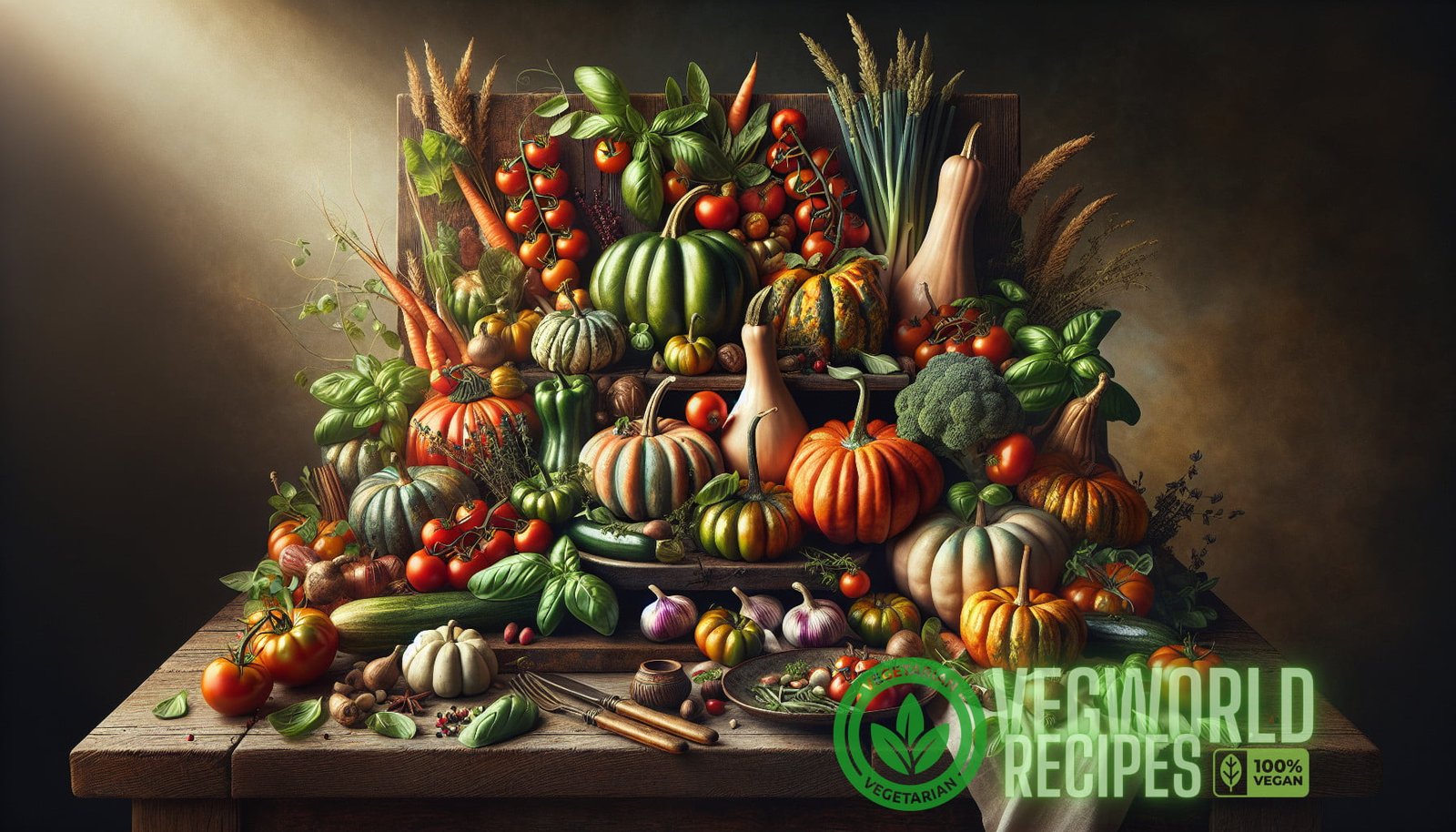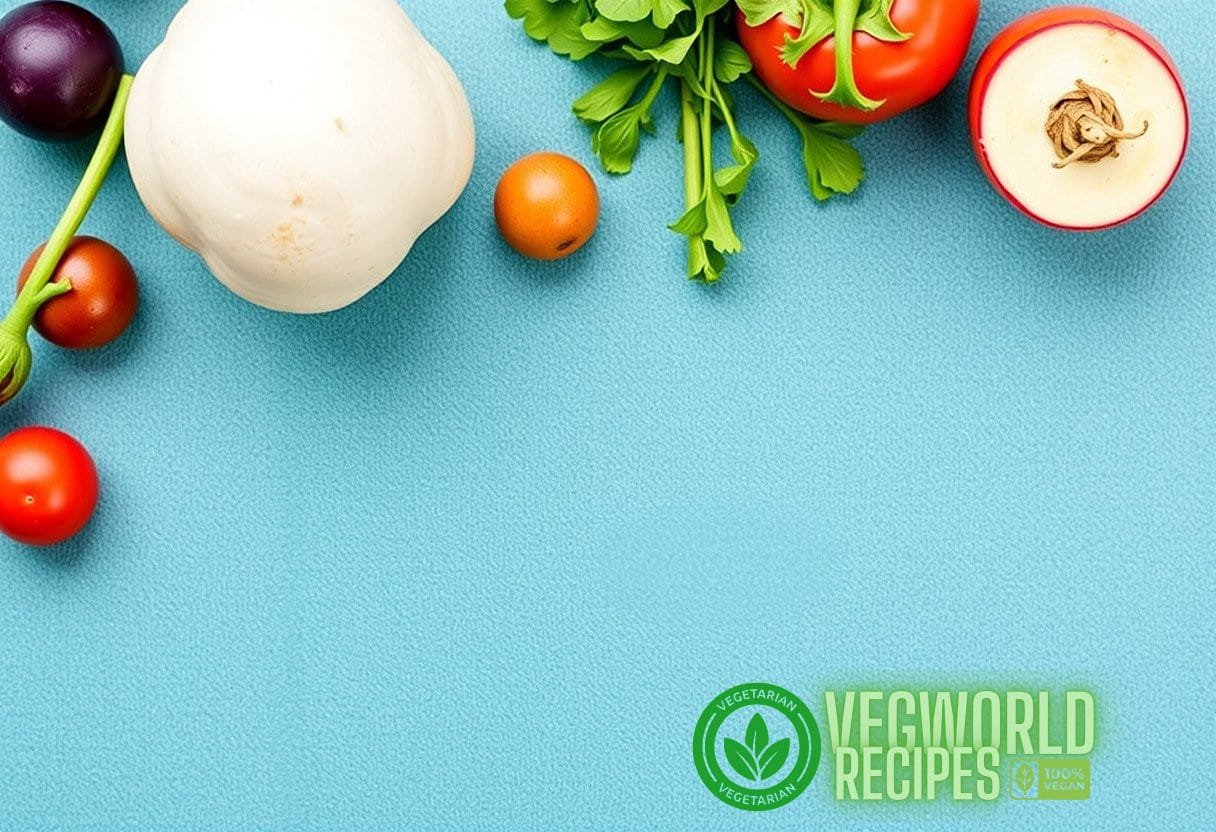The Art of Seasonal Vegetable Pairings: Exploring the Perfect Combinations for a Flavorful Culinary Journey
Seasonal vegetables are a treasure trove of flavors, colors, and textures that can elevate any dish to a whole new level. When it comes to creating exquisite seasonal vegetable delicacies, the secret lies in the art of vegetable pairings. By combining complementary flavors and textures, chefs and home cooks alike can create culinary masterpieces that showcase the very best of each ingredient.
In this article, we will delve into the world of seasonal vegetable pairings and explore the perfect combinations that can take your taste buds on a flavorful journey. We will uncover the science behind why certain vegetables pair well together and how seasonal variations can impact their flavor profiles. So, let’s embark on this culinary adventure and unlock the secrets to creating unforgettable vegetable dishes.
The Importance of Seasonal Pairings
Understanding the concept of seasonal pairings is crucial for anyone who wants to create delicious vegetable dishes. When vegetables are in season, they are at their peak in terms of freshness, flavor, and nutritional value. By harnessing the power of seasonal produce, you can ensure that your dishes are bursting with vibrant flavors and maximum nutritional benefits.
Seasonal pairings involve carefully selecting and combining vegetables that complement each other in terms of taste, texture, and cooking methods. By choosing the right combination of vegetables, you can create a harmonious balance of flavors and textures in your dishes.
Additionally, seasonal pairings can showcase the unique characteristics of each vegetable, allowing them to shine in all their glory. For example, pairing a sweet and juicy tomato with a pungent and peppery basil creates a classic combination that highlights the best attributes of both ingredients.
The Science Behind Flavor Pairings
The art of vegetable pairings is not just about personal preference or trial and error. There is actually a scientific basis for why certain flavors go well together. This scientific field is known as food pairing, and it studies the chemical compounds that give foods their flavor.
According to food pairing theory, ingredients that share similar chemical compounds tend to taste good together. For example, the chemical compound responsible for the grassy and green flavor in broccoli is also found in peas. This is why broccoli and peas make a delicious pairing, as they share similar flavor profiles.
By understanding the chemical composition of different vegetables, chefs can create flavor combinations that are not only delicious but also scientifically sound. This knowledge can also be applied to create unique and unexpected pairings that can surprise and delight the taste buds.
The Impact of Seasonal Variation on Flavor
Seasonal variation plays a significant role in the flavor of vegetables. As the seasons change, so do the growing conditions, which can affect the taste, texture, and overall quality of produce.
Seasonal vegetables are harvested at the peak of their ripeness, ensuring they are at their most flavorful. For example, winter squash, such as butternut squash, is at its sweetest and tastiest during the cooler months. Similarly, asparagus is at its best in the spring when it is tender and full of flavor.
Understanding the impact of seasonal variation on flavor can help chefs and home cooks make more informed choices when it comes to pairing vegetables. By choosing vegetables that are in season, you can enhance the natural flavors of each ingredient and create dishes that truly celebrate the essence of the season.
Seasonal Vegetable Pairing Ideas
Now that we understand the importance of seasonal pairings and the science behind flavor combinations, let’s explore some inspiring ideas for pairing seasonal vegetables:
1. Classic Pairings
Classic pairings are tried-and-true combinations that have stood the test of time. They are beloved for a reason, as they bring out the best in each ingredient and create a harmonious balance of flavors. Some classic pairings include:
- Tomatoes and basil
- Spinach and feta cheese
- Carrots and ginger
- Peas and mint
- Broccoli and cheddar cheese
- Eggplant and tomatoes
These pairings are versatile and can be used in a wide range of dishes, from salads and soups to pasta and stir-fries.
2. Complementary Pairings
Complementary pairings involve combining ingredients that contrast in taste or texture but complement each other perfectly. These pairings create a balance of flavors and textures that can add complexity to a dish. Some examples of complementary pairings are:
- Sweet potatoes and spicy peppers
- Beets and tangy goat cheese
- Mushrooms and thyme
- Cauliflower and curry
- Green beans and almonds
- Cabbage and bacon
These pairings can lend a unique twist to your dishes and take your taste buds on a delightful journey.
3. Seasonal Pairings
Seasonal pairings embrace the flavors of each season and celebrate the bounties that nature has to offer. By combining ingredients that are at their peak during a specific time of year, you can create dishes that capture the essence of the season. Some examples of seasonal pairings include:
- Butternut squash and sage in the fall
- Asparagus and lemon in the spring
- Tomatoes and zucchini in the summer
- Kale and cranberries in the winter
- Radishes and peas in the early spring
- Pumpkin and cinnamon in the autumn

These pairings evoke a sense of seasonality and are perfect for creating dishes that showcase the best flavors of each season.
The Role of Cooking Methods in Vegetable Pairings
The cooking method can also play a significant role in vegetable pairings. Different cooking techniques can bring out different flavors and textures in vegetables, and pairing the right cooking method with the right vegetable can elevate a dish to new heights. Here are some cooking methods and their effects on vegetables:
1. Roasting
Roasting is a popular cooking method that brings out the natural sweetness of vegetables. It caramelizes the sugars in the vegetables, resulting in a rich, deep flavor. Roasting is particularly effective for root vegetables, such as carrots, potatoes, and beets. It can also enhance the flavors of winter squash, bell peppers, and onions.
When pairing roasted vegetables, consider the flavors and textures you want to highlight. For example, pairing sweet roasted carrots with tangy balsamic vinegar can create a delightful contrast. Roasted bell peppers and zucchini can be paired with fresh herbs like basil or parsley to add a burst of freshness to the dish.
2. Grilling
Grilling is another cooking method that can bring out the natural flavors of vegetables while also adding a smoky charred taste. Grilled vegetables have a unique flavor profile that can add depth and complexity to dishes.
When grilling vegetables, it’s important to choose vegetables that can withstand the heat. Firm vegetables like eggplant, zucchini, bell peppers, and corn are perfect for grilling. Pairing grilled vegetables with a vibrant herb sauce or a tangy vinaigrette can enhance their flavors and create a well-rounded dish.
3. Steaming
Steaming is a gentle cooking method that preserves the natural flavors and nutrients of vegetables. It helps retain the crispness and vibrant colors of the vegetables, making it an ideal cooking method for delicate greens like spinach, asparagus, and broccoli.
When steaming vegetables, you can pair them with complementary flavors like lemon zest, garlic, or a drizzle of olive oil. Steamed vegetables can also be incorporated into salads or used as a side dish for meat or fish.
4. Sautéing and Stir-Frying
Sautéing and stir-frying are quick cooking methods that allow vegetables to retain their crunchiness while developing a rich flavor. These methods work well for a wide range of vegetables, from leafy greens to firm vegetables like bell peppers, snap peas, and carrots.
When sautéing or stir-frying vegetables, it’s important to choose vegetables that have similar cooking times. This ensures that all the vegetables are cooked evenly. You can pair sautéed or stir-fried vegetables with a variety of sauces and seasonings, such as soy sauce, ginger, garlic, or hoisin sauce, to create bold and flavorful dishes.
Experimenting with Flavors and Textures
When it comes to vegetable pairings, there are endless possibilities to explore. Don’t be afraid to experiment with different flavors, textures, and cooking methods to create your own unique combinations. Here are a few tips to get you started:
1. Think about Contrasting Flavors
Pairing ingredients with contrasting flavors can create a dynamic and exciting dish. For example, pairing a tangy ingredient like lemon with a creamy ingredient like avocado can create a delightful contrast of flavors.
Consider contrasting flavors like sweet and salty, spicy and sweet, or tangy and bitter to create exciting combinations that will surprise and delight your taste buds.
2. Combine Different Textures
Pairing ingredients with different textures can add depth and complexity to your dishes. For example, combining a crispy ingredient like apples with a creamy ingredient like goat cheese can create a wonderful interplay of textures.
Consider textures like crunchy, smooth, creamy, or chewy to create interesting and satisfying dishes that will keep you coming back for more.
3. Don’t Forget the Herbs and Spices
Herbs and spices are the secret ingredients that can take your vegetable pairings to a whole new level. They can add depth, complexity, and a burst of freshness to your dishes.
Experiment with different herbs and spices to find the perfect combinations for your vegetable dishes. For example, try pairing roasted carrots with thyme and honey for a delightful blend of flavors, or add a touch of cumin and coriander to roasted cauliflower for a Middle Eastern twist.
Conclusion
Unlocking the art of seasonal vegetable pairings is a journey that can lead to a world of flavors and culinary delights. By understanding the science behind flavor combinations and embracing the unique characteristics of seasonal produce, you can create dishes that celebrate the bounty of nature and leave a lasting impression on your taste buds.
Whether you choose classic pairings, complementary pairings, or seasonal pairings, remember to experiment, have fun, and let your creativity guide you. With the right vegetable pairings, you can elevate your cooking to new heights and create dishes that are not only delicious but also a feast for the senses.
So, next time you step into the kitchen, let your imagination run wild and embark on a flavorful culinary journey with seasonal vegetable pairings.
Internal Links:
1. An article available at https://vegworldrecipes.fun/seasonal-recipes/unlocking-vegetable-flavor-unveiling-the-impact-of-seasonal-variation-on-nutritional-potential/.
2. An article available at https://vegworldrecipes.fun/seasonal-recipes/the-science-of-flavor-unlocking-the-hidden-secrets-to-exquisite-seasonal-vegetable-delicacies/.
External Link:
For more information about seasonal vegetables, you can visit https://en.wikipedia.org/wiki/Seasonal_food.


